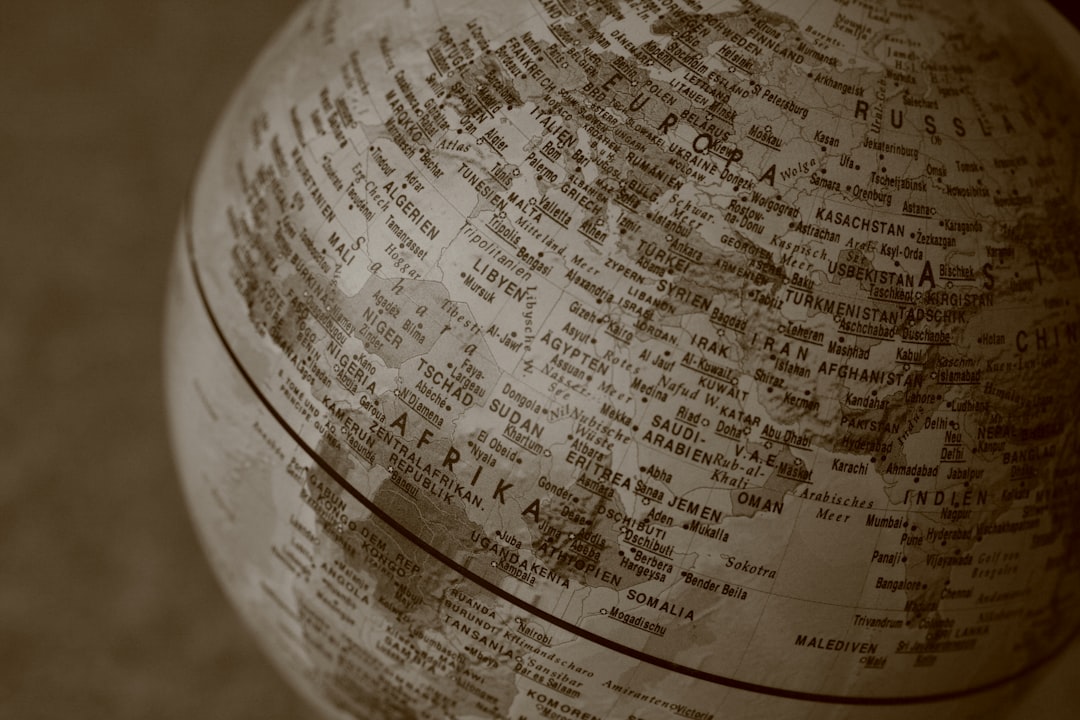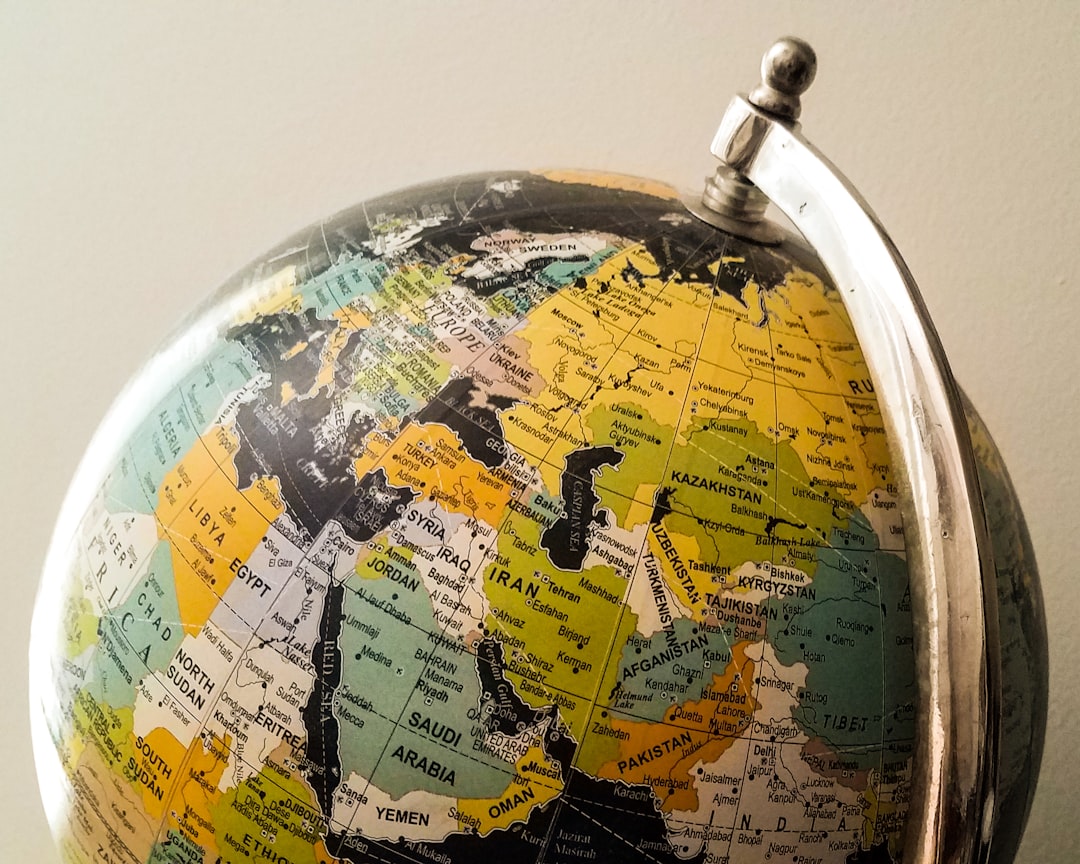In today’s digital age, content creation no longer recognizes geographical boundaries. A single post can travel around the world in seconds. However, language remains one of the last great barriers to true global reach. For creators looking to grow their audience and unlock international opportunities, leveraging an AI video translation tool has become not only helpful—but essential.
The Rise of the Global Creator Economy
The internet has transformed the way creators produce and share content. YouTube, TikTok, Instagram Reels, and other platforms allow videos to be viewed by billions of users worldwide. Yet most creators still publish content in a single language, often missing the chance to connect with international viewers who may be highly engaged and eager to consume similar content.

According to Statista, non-English speakers outnumber English speakers online by more than 3 to 1. This means a huge portion of global audiences may never interact with a video—not because they aren’t interested, but simply because they can’t understand it.
Why Rely on AI Translation Tools?
Traditional methods of video translation—such as hiring human translators or using manual subtitles—are time-consuming, costly, and impractical for high-volume creators. That’s where AI video translation tools come into play. These tools use advanced machine learning algorithms, including Natural Language Processing (NLP) and speech recognition, to automatically translate, subtitle, and sometimes even dub videos into multiple languages.
By integrating AI translation into their workflow, creators can:
- Automatically generate multilingual subtitles in a fraction of the time.
- Reach a broader audience by offering content in various languages.
- Improve accessibility for non-native speakers and the hearing impaired.
- Enhance SEO and discoverability in non-English speaking regions.
Maximizing Engagement Across Borders
When a viewer can watch a video in their native language, the chances of engagement—such as likes, shares, comments, and subscriptions—are significantly higher. This is especially important for marketers and educators, whose message clarity is crucial. AI translation tools optimize the user experience, making audiences feel seen, understood, and more connected to the content.
For example, a beauty influencer based in the U.S. might use AI to translate her skincare tutorials into Spanish, French, and Japanese, exponentially expanding her follower base in Latin America, Europe, and East Asia.
Multilingual Monetization Opportunities
Beyond just visibility, AI translation creates tangible financial benefits. More views and broader appeal often translate into better ad revenues, increased sales for products or merch, and stronger brand deals.
International brands frequently seek partnerships with creators who have a diversified, global audience. Through multilingual content, creators enhance their market appeal and open doors to lucrative sponsorships that would otherwise be localized.

Faster Workflow, Less Overhead
AI-driven tools aren’t just accurate—they’re fast. Whereas human translators can take days to subtitle or dub a single video, AI platforms can complete these tasks within minutes. Some tools even allow creators to upload scripts and generate synchronized audio in multiple voices and accents.
This efficiency allows creators to produce more content in more languages, without scaling their teams or costs dramatically. It’s scalable, cost-effective, and practical for solo content producers and larger media teams alike.
Breaking Down the Language Barrier
One of the most powerful aspects of video content is its potential to bridge cultural gaps. When creators remove the friction caused by language, ideas start to transcend continents. Music, comedy, education, and storytelling can flourish in ways previously out of reach.
Using AI video translation tools doesn’t just benefit large teams or influencers with millions of followers—it efficiently levels the playing field for smaller creators and niche content as well.
Choosing the Right AI Translation Tool
There are several AI-based platforms available, each offering a range of features. When selecting a tool, creators should consider:
- Language support: Does it include your target audience’s language?
- Voice cloning and dubbing options: Can it replicate voices or offer believable voiceovers?
- Subtitle customization: Can fonts, colors, and timings be adjusted?
- Integration: Does it sync easily with YouTube, TikTok, or other publishing tools?
Popular options like DeepL, Papercup, and Rask AI are examples known for their reliability, accuracy, and speed.
The Future of Global Content is AI-Powered
The future of content creation is not only visual and engaging—but also multilingual. As AI translation models become more nuanced and context-aware, we are entering an era where a single video can speak tens of languages fluently, instantly.
For content creators, this marks a pivotal shift. Translation is no longer a burden—it’s a gateway to international growth.

Final Thoughts
The internet gave every creator a voice. With AI video translation, they now have the power to be understood worldwide. No matter your niche, language should no longer be the reason your message goes unheard.
Whether you’re a travel vlogger, fitness instructor, online educator, or entertainment personality, embracing AI translation tools is one of the most impactful decisions you can make for your content strategy in a global-first digital era.
FAQ: AI Video Translation for Creators
- Q: Are AI video translation tools accurate?
- A: While not perfect, today’s AI tools offer remarkable accuracy—usually in the 85-95% range. Many platforms also allow creators to manually edit or adjust subtitles for added precision.
- Q: Can AI tools translate slang or idioms?
- A: Most advanced translation models consider contextual and cultural nuances, though results vary by language. It’s always best to review key parts of your script before publishing.
- Q: Is it expensive to use these tools?
- A: Many platforms offer free tiers or pay-as-you-go models. Compared to hiring human translators or voice actors, using AI tools is significantly cheaper and more scalable.
- Q: Will translating content affect my SEO or visibility?
- A: Yes—in a good way. Multi-language subtitles and metadata increase your discoverability on platforms like YouTube and Google, especially in non-English markets.
- Q: Can I use AI to dub my videos in different languages?
- A: Absolutely. Many AI platforms now include voice generation and dubbing capabilities, often using synthetic voices that sound natural and can be tuned for gender, tone, and emotion.



